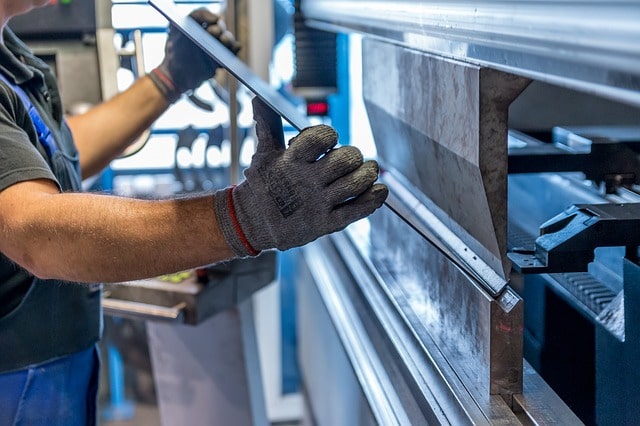Modern technologies and innovations in metallurgy
Innovations motivate us to extend our views and investigate new manufacturing and technical possibilities. By combining advanced technology with experience, people can improve all existing industrial and scientific branches.
Metal processing innovation is a key element in metallurgy's ability to compete in today’s global market. The capacity to fulfill the market's demands with high-quality metal goods’ production in a timely way is the main condition for its effective development at the global, national, and regional levels.
The improvement of processing techniques, advanced materials, robotics, synthetic biology, and information technology, show that the future of metallurgy is expected to be significantly different from current processes.
Metallurgy stays up with other industries in terms of following global trends. Today, its priority is the sustainable production of steel.

The utilization of high-strength steels necessitates the implementation of modern equipment at both new and refined manufacturing facilities, with digitalization becoming an important component of all industrial processes. The future of steel production strives for sustainable development. This in turn leads to the emergence of materials with new, unbelievable qualities.
High strength steel
In today's metallurgy, the transition from conventional steel grades to high-strength steel is a major trend. Such steels provide a variety of benefits to design engineers and may be utilized to solve tough or unique engineering issues.
For example, they are indispensable in the automotive sector, where manufacturers seek to produce lighter, cleaner, and more economical vehicles. The distinctive characteristics of maraging steel made it crucial in the military industry for the manufacture of barrels of weapons, aircraft catapults, and rocket engine hulls.

Hydrogen metallurgy
Although it is estimated that hydrogen metallurgy will begin to pay off no earlier than 2030, this is an essential process for the transition to more environmentally friendly metal production.
Hydrogen metallurgy is a technique that uses hydrogen instead of carbon as a reduction agent to minimize CO2 emissions, and is advantageous to the steel industry's long-term sustainability.
Dillinger, Saarstahl, and many other metallurgical companies have already begun implementing this method. The Swedish company HYBRIT, projects H2FUTURE by Voestalpine (Austria) and SALCOS by Salzgitter AG (Germany), are examples of hydrogen metallurgical technology’s introduction.

Direct reduction of iron (DRI)
The growing scientific and industrial interest in the development of technologies that allow the production of direct reduced iron has resulted from the worldwide need to minimize energy consumption and environmental issues.
DRI is created by removing oxygen from iron ore in its solid form. This technique covers a wide range of processes that use diverse reactors and reducing agents. DRI operations can minimize CO2 emissions by utilizing natural gas instead of coal.
Although the effectiveness of this technique is not in doubt, it does need a plentiful supply of raw resources with a high iron concentration and low impurity level at first.
Automated processes and digitalization
Digitalization is yet another significant aspect of modern metallurgy. It is aimed at full automation of the enterprises, with the employment of robots in dangerous working areas resulting in increased workers’ safety. Equipment monitoring systems and effective tools will increase the transparency of processes contributing to the optimization of all the working procedures.
Digitalization will also make it easier to check surfaces and working parts in real-time to determine the quality of the completed product and to systematize faults.
Digitalization has both tremendous business and human impacts. It is necessary to acquire new skills and competencies. People will have to adapt to a new style of working, which will include learning, self-improvement strategies, sharing a transparent work culture, and making decisions based on numerous data.
As we can see, innovations are much more than just brilliant ideas. A well-thought-out strategy and far-reaching planning, taking into account possible difficulties, are also required. Thus, the strategy of the metallurgy industry will continue to develop in the following directions:
- meeting future demands on new products encouraging product innovation, for new social and economic problems solutions;
- constant improvement of materials’ characteristics and performance;
- optimization of exploration, manufacturing, processing, and recycling;
- empowering modern technologies and infrastructure;
In the nearest future, advances in material science and metallurgy will give possibilities to improve traditional metallurgy, taking into account its key issues in the economics, energy, environment, and social aspects, using improved current and completely new processes. These developments will have a huge influence on the global economy as well as society's social image.
